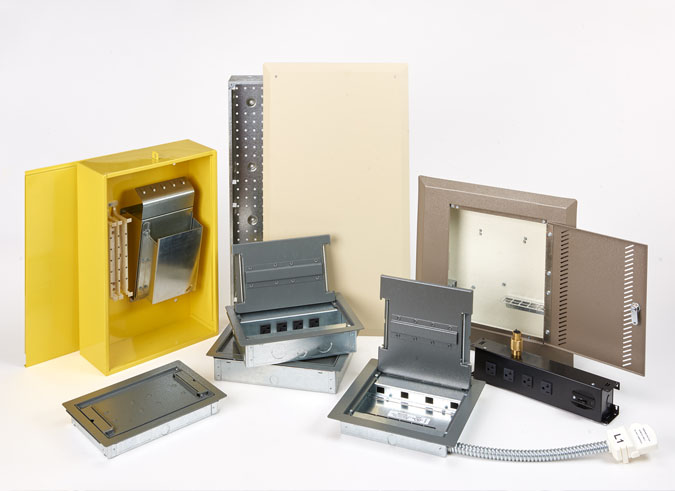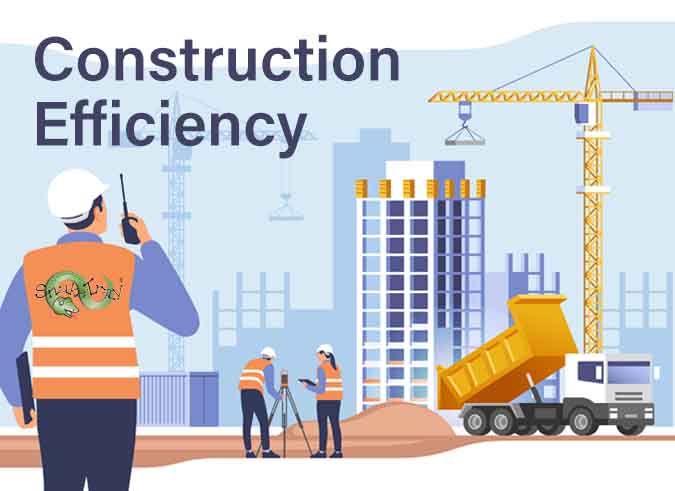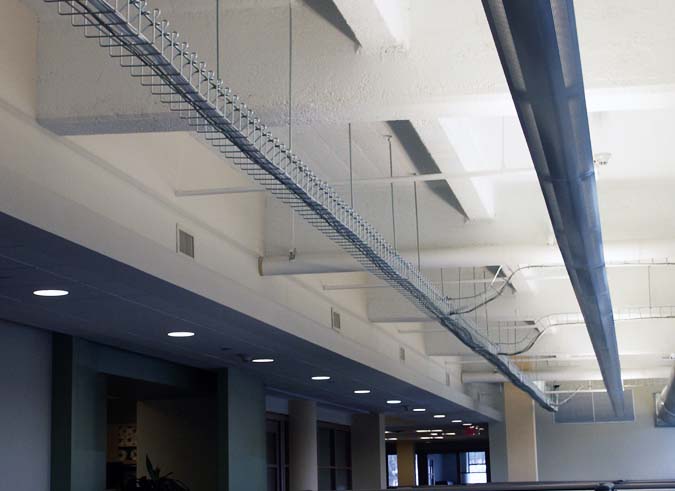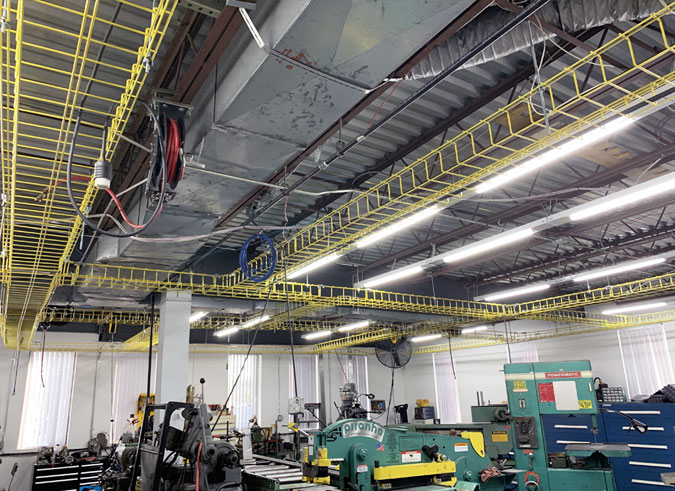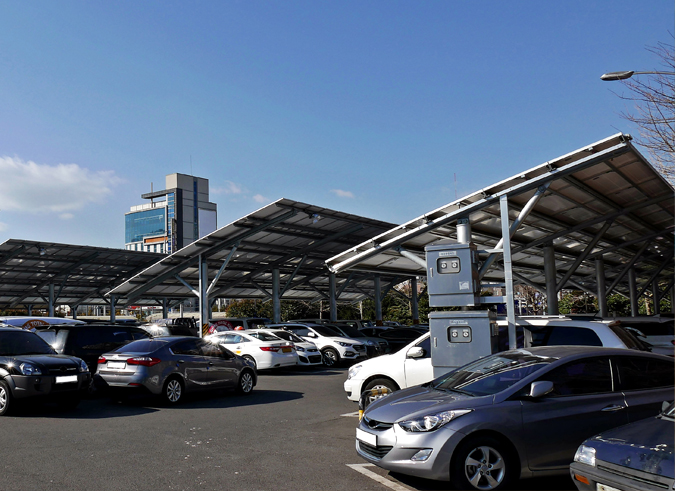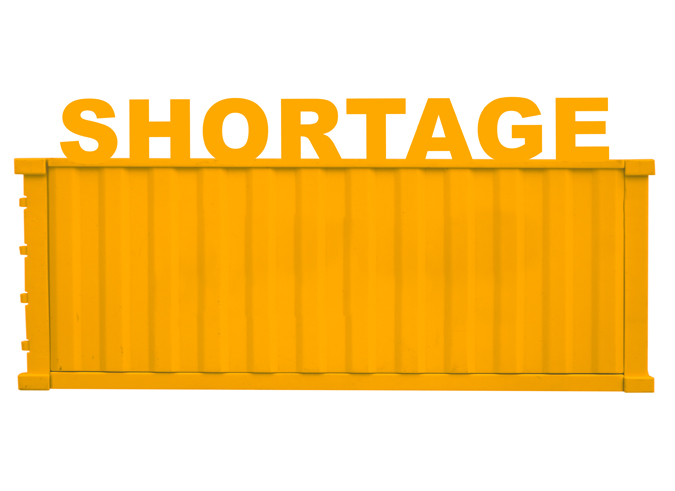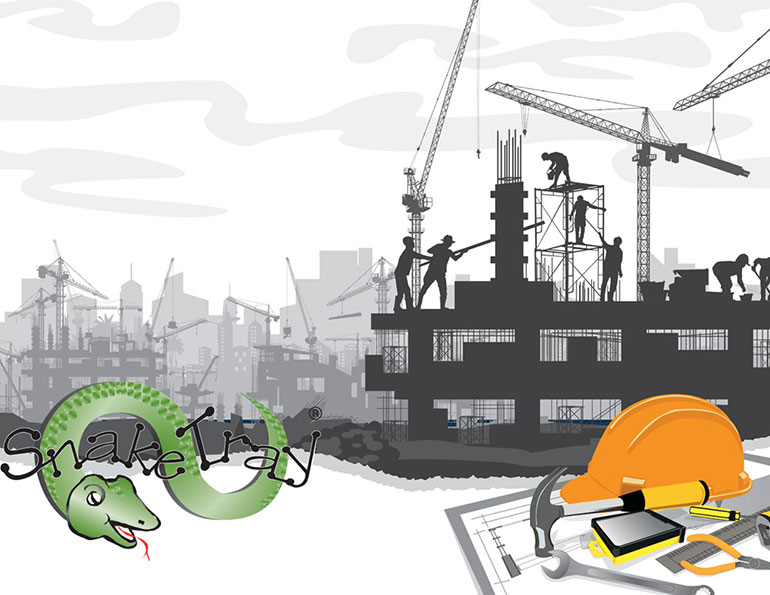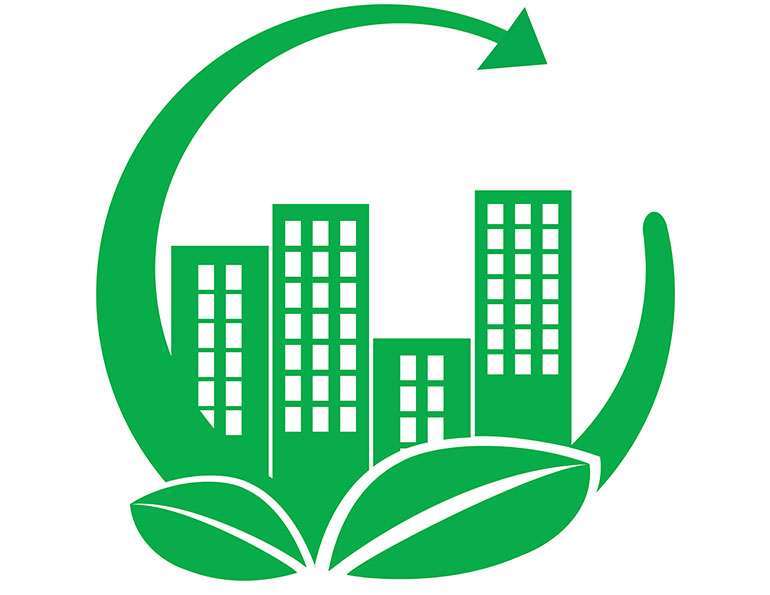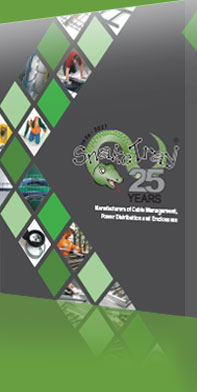Bringing power and connectivity to the point of need is usually one of the final steps in any construction project and often requires the most flexibility. It isn’t until the end of a job when electrical contractors learn the provided custom enclosures weren’t designed or sized properly, that additional data lines and ports or an integrated power module are needed, or that the customer changed the floor layout, cubicle arrangement, or data port configuration without notice.
